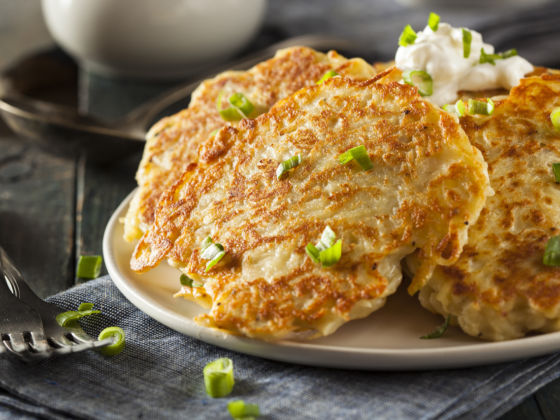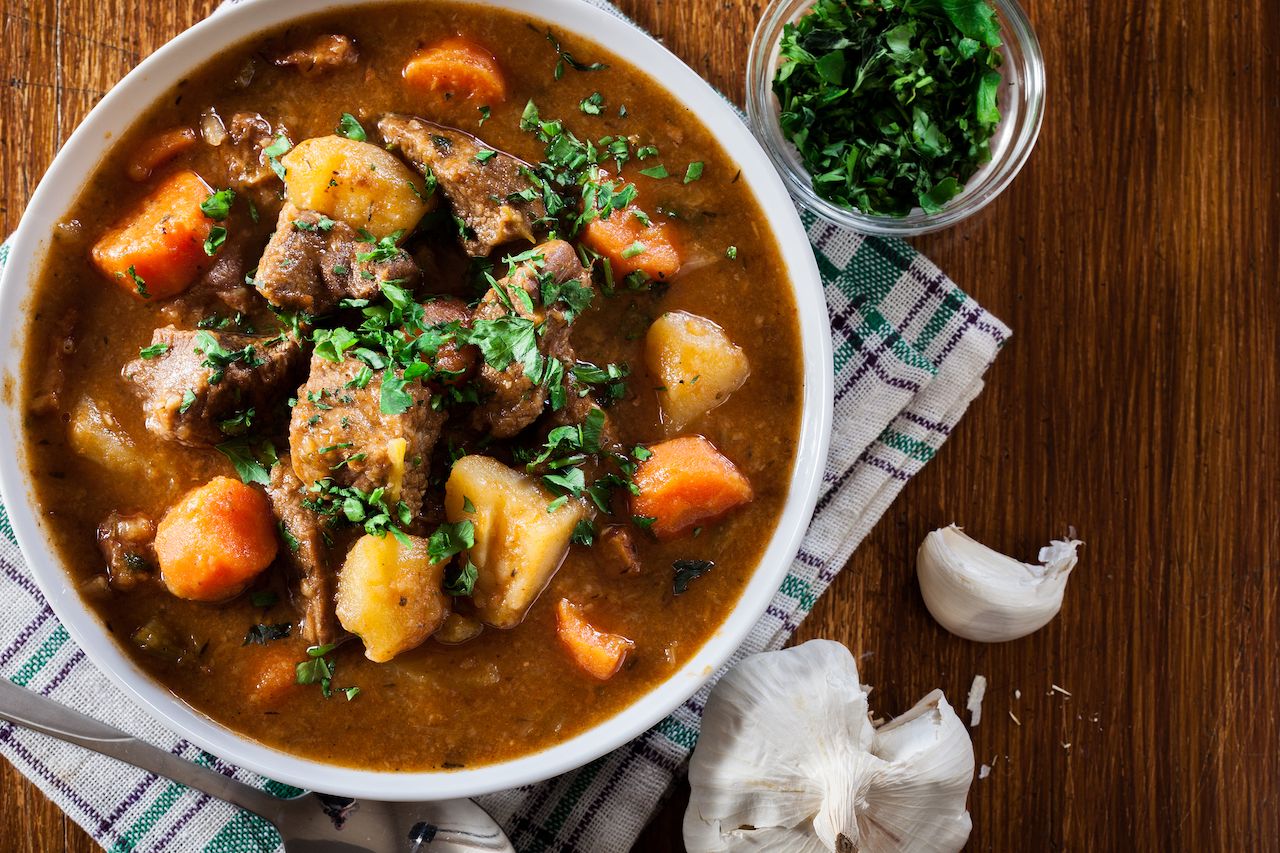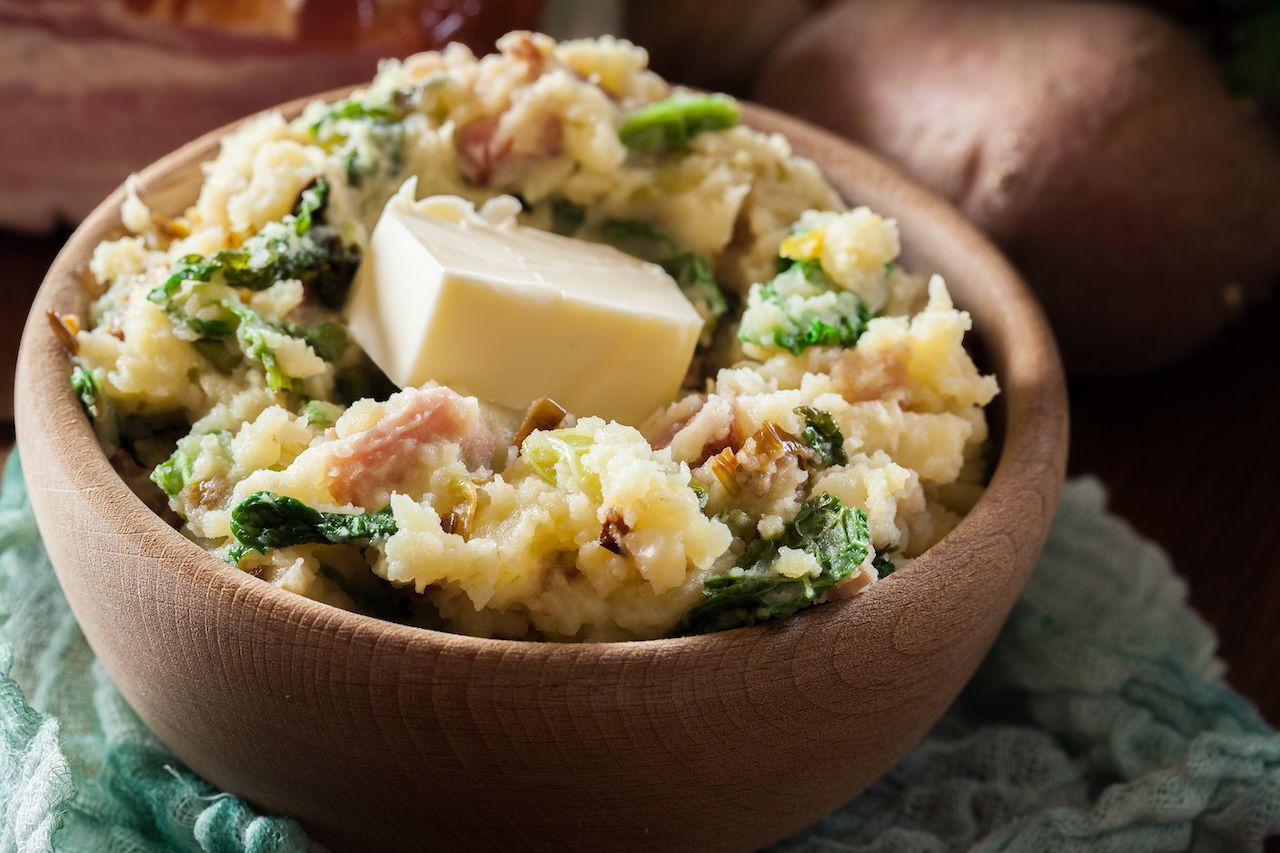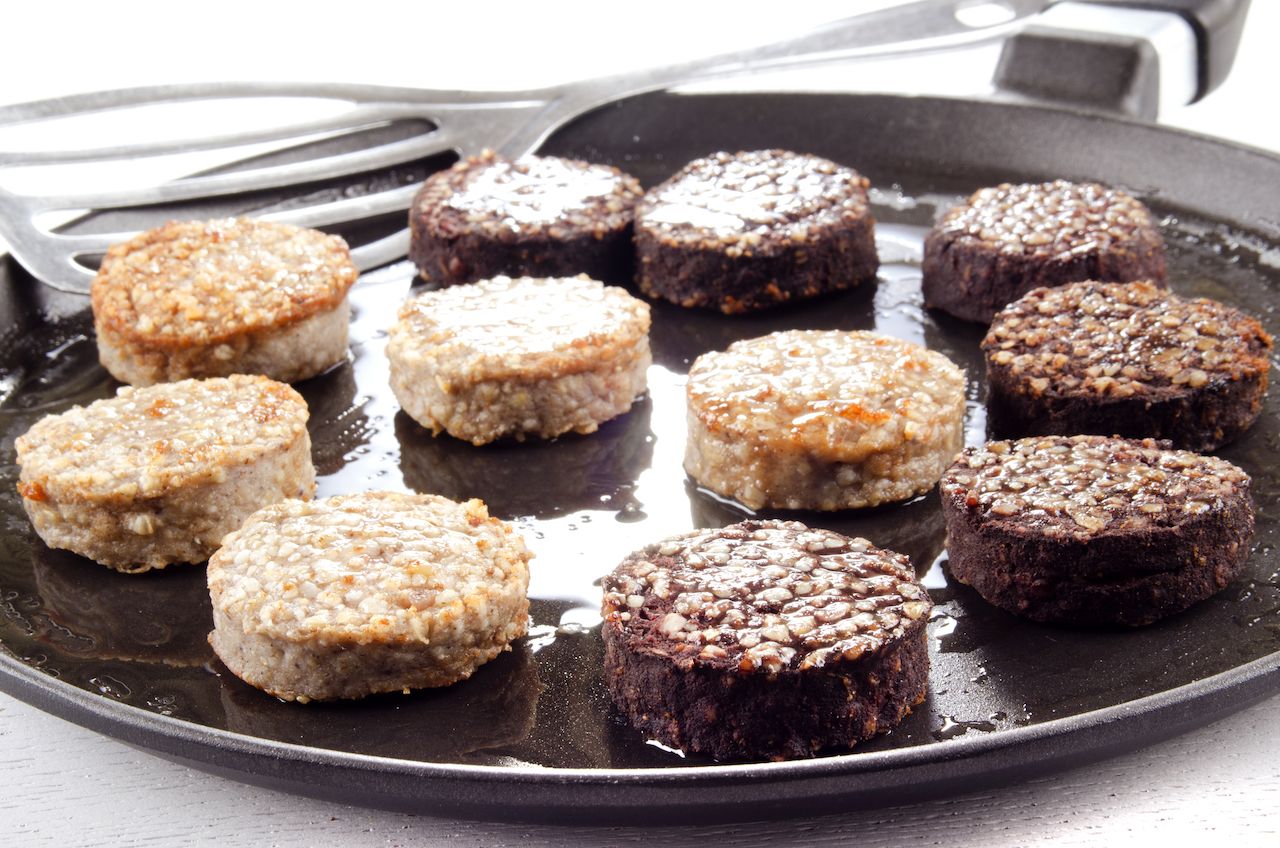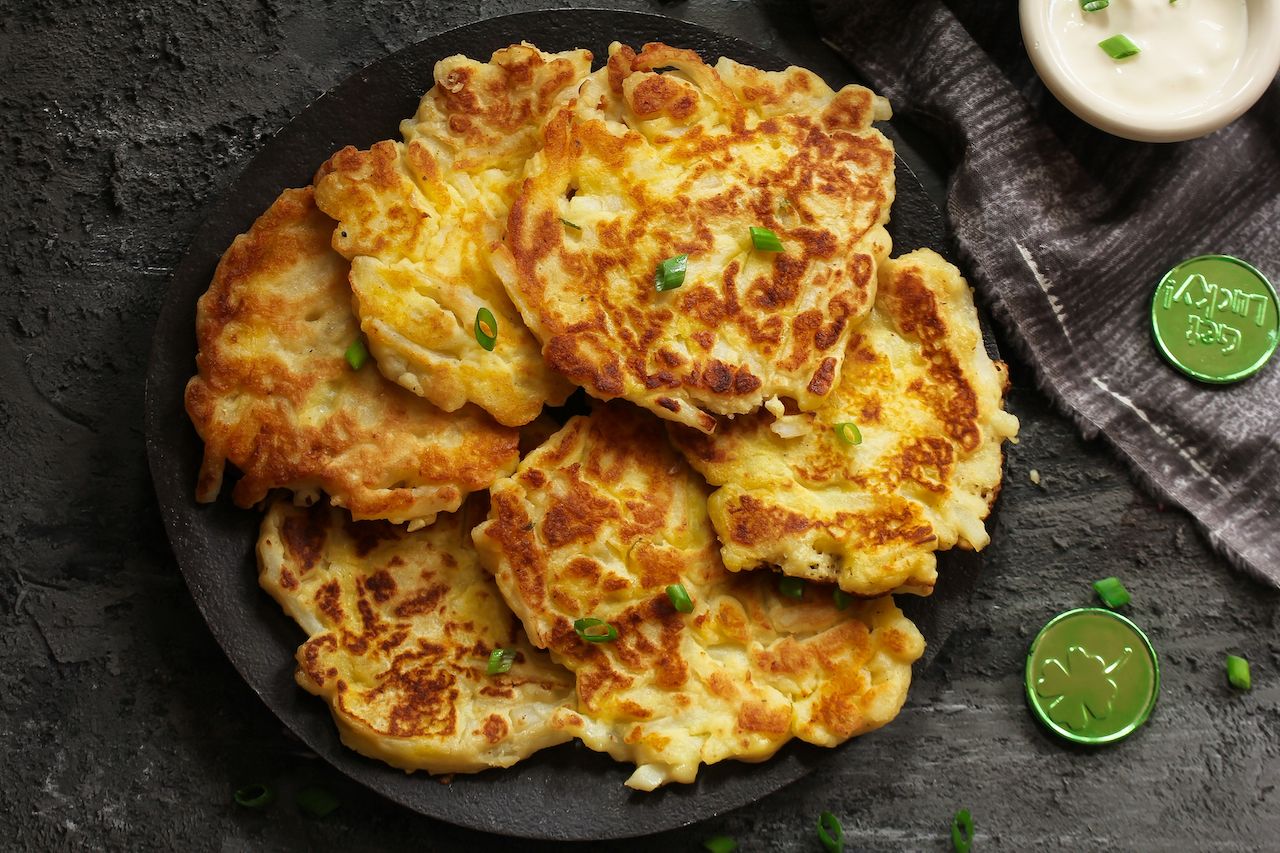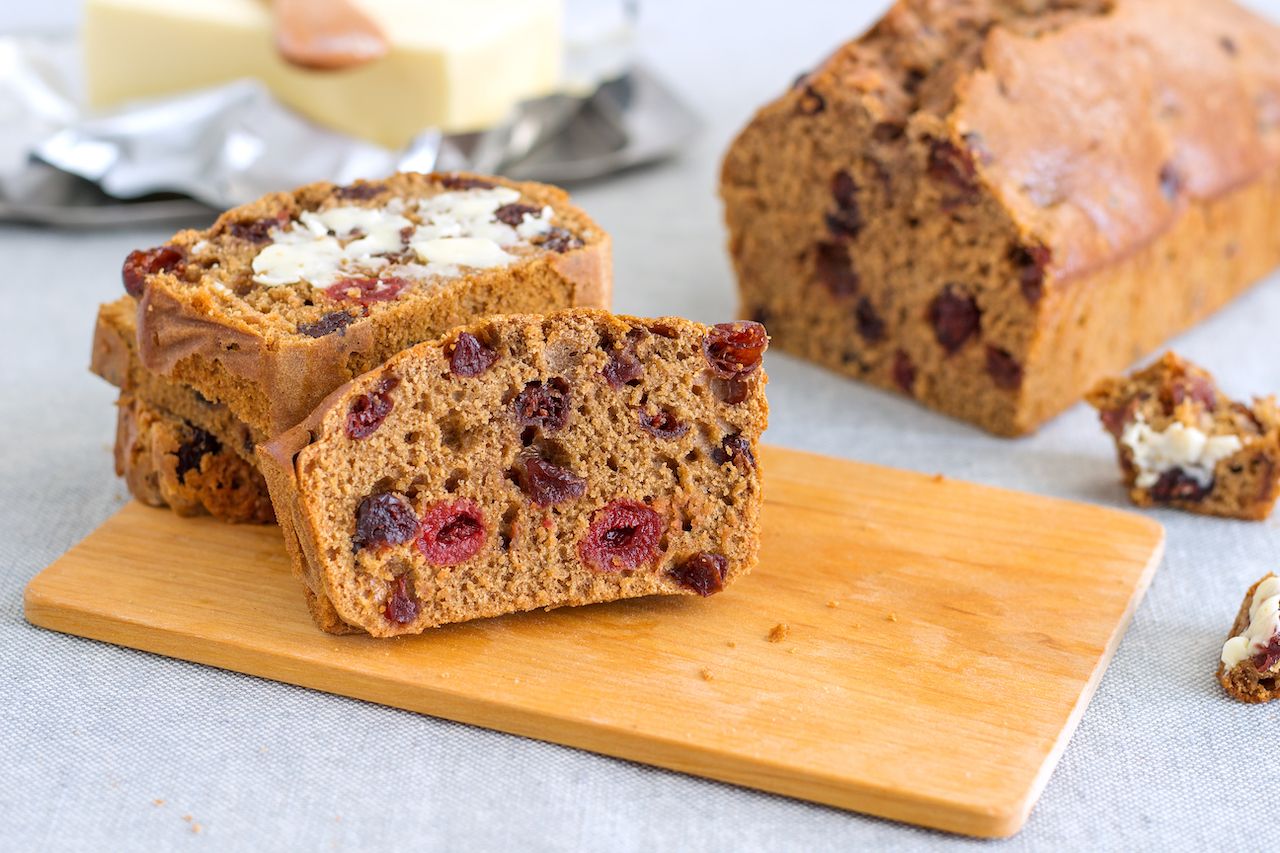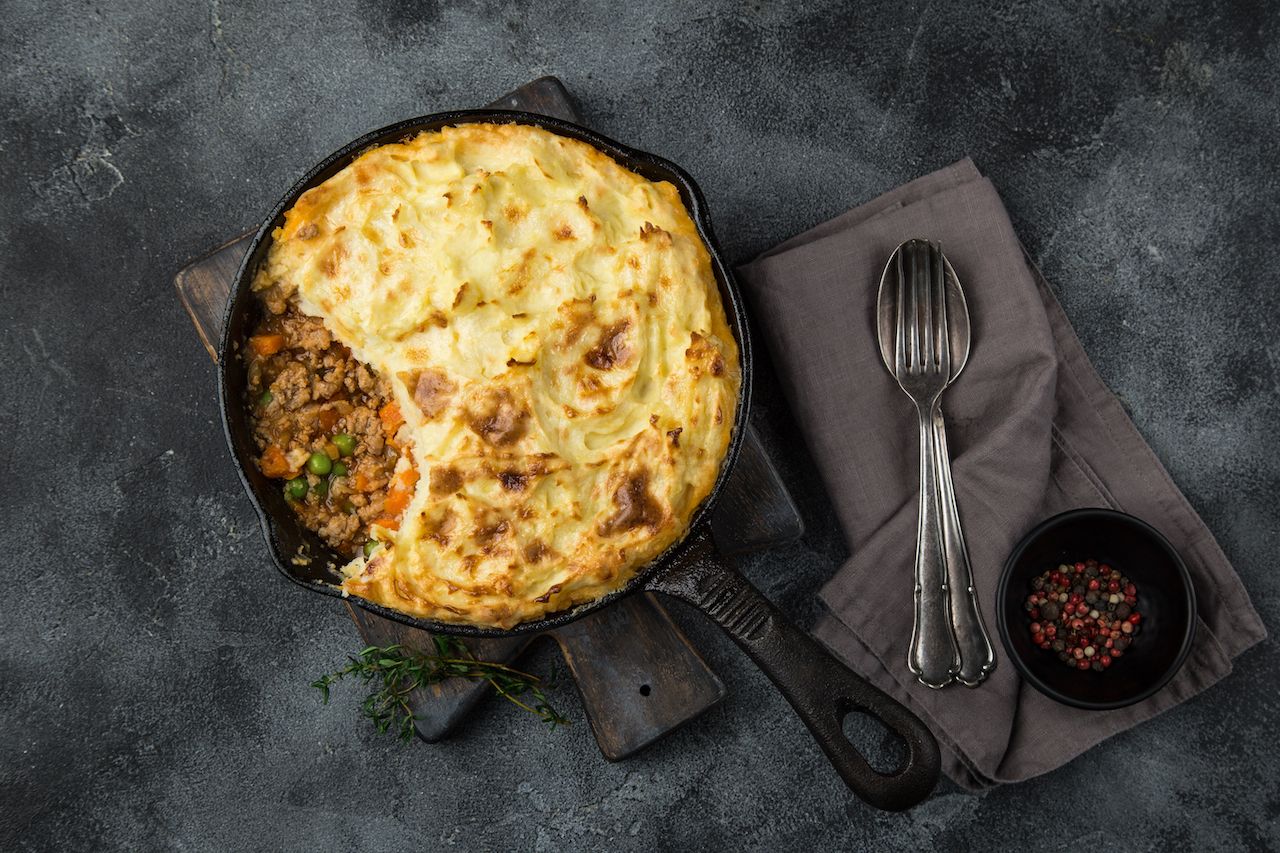Ireland is more known for its whiskey and beer than its food. When food is brought up, conversation tends to start and stop at corned beef and cabbage. That, or some vague mention of potatoes. Those stereotypes are tired and should have been dispelled years ago. Ireland has a thoroughly modern food scene, and the top chefs in the country are making drool-worthy dishes everywhere you look. That said, to understand Irish food you first have to understand the country’s comfort food.
These are the seven best traditional Irish dishes to eat on St. Patrick’s Day as well as every other day.
